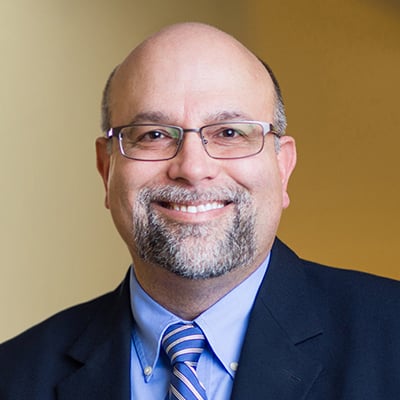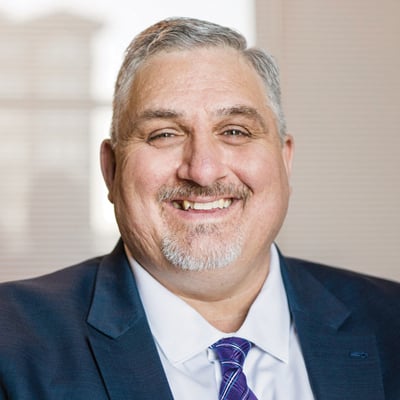 Dom Palmieri
Dom Palmieri
Chief Operating Officer
HM Insurance Group
Claims management expertise, strong communication with clients and TPAs and forecasting the impact of future treatments and therapies are several factors necessary to help control claims outcomes, says Dom Palmieri, Chief Operating Officer for HM Insurance Group (HM), a leading national Stop Loss insurance company.
To better manage the impact of high-dollar claims costs, Palmieri notes that it's important to have methods for containing costs in place before a claim is even on the horizon. "The ability to control costs is far less successful when efforts are made after the fact," he says. "If you're not closely monitoring claims, they can rise very quickly with significant implications."
Recommended For You
With collaboration as a key objective, HM offers its clients and their administrators HMConnects™, a cost containment program developed to build awareness of potential high-cost claim situations and provide access to services that may help to lessen the financial impact of catastrophic health care costs. These high-dollar claims are addressed by HM's engaged team of cost containment specialists and an in-house Pharm.D., who work with TPAs, plan administrators, administrative services only (ASO) providers and others involved in the claims process with a goal of bringing more knowledge of ways to control scenarios driving high-dollar medical and pharmaceutical claims.
In addition, proactively tracking new drugs and therapies and how they're utilized and then communicating that information keeps key stakeholders apprised. HM reviews notices in advance of claims submission to evaluate areas for improved outcomes and potential savings. Anything above a certain dollar threshold or diagnosis prompts discussion, feedback and insights.
Recent medical advancements like gene therapy have created significant cost challenges that must be addressed. For example, Zolgensma®, a gene therapy for the treatment of spinal muscular atrophy in children, is now available, and costs can exceed $2 million for this one-time treatment. By working with TPAs, Palmieri says HM can provide support in the pre-authorization process by assisting in locating an authorized treatment provider with which the company can proactively manage costs and related markups.
"We applaud the advancement in medicine; it's certainly promising to see, but the costs are astronomical," he says. "So we must help mitigate additional costs and bend the curve as best we can."
HM also recommends employer groups work closely with their benefit consultants and administrators to review their plan documents on a regular basis.
"The plan documents provide details of what's covered and how the claimant goes through the process in following the benefits that they have," says Palmieri, adding that he often finds it's been several years since an employer last reviewed them.
Employers should understand what they want covered and how savings options can first be addressed in plan document language, such as a pre-authorization requirement, preferred provider utilization and tiered medications.
"Having a plan document that articulates how a member would go through the pre-authorization process and so forth is very helpful," says Palmieri.
Lastly, by keeping current on their premium, employers can avoid delayed claims payments and increase effectiveness.
Related to that efficiency, Palmieri notes, "Our track record is that most claims are paid within a six-day window, and nearly 100 percent are paid in a 10-day window."
© 2025 ALM Global, LLC, All Rights Reserved. Request academic re-use from www.copyright.com. All other uses, submit a request to [email protected]. For more information visit Asset & Logo Licensing.







